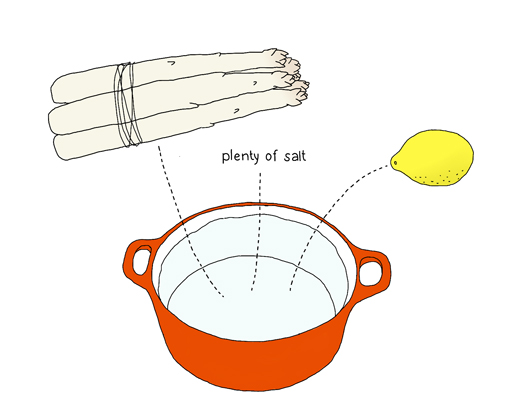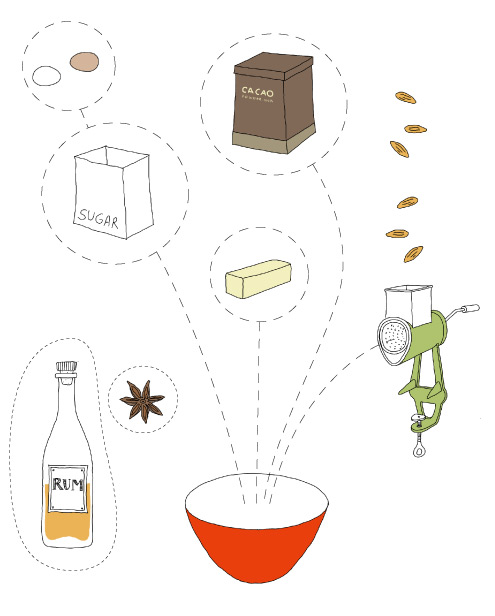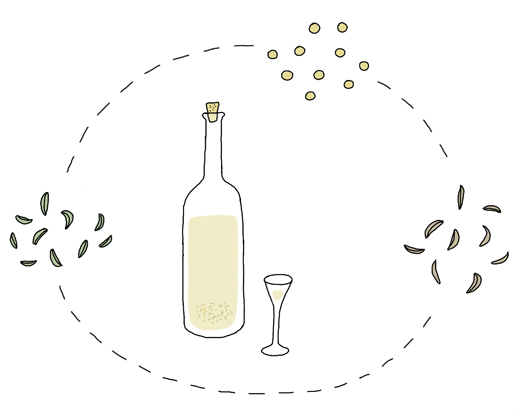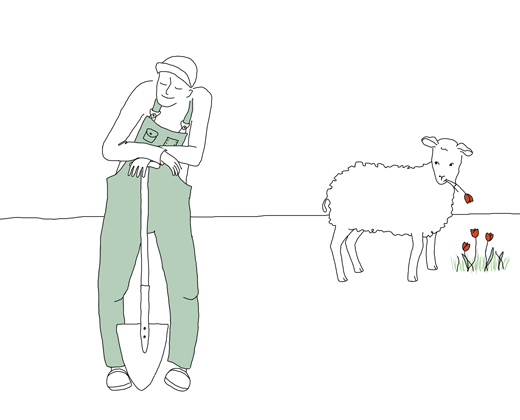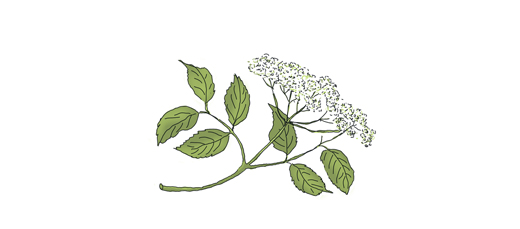
Every summer I collect elderflowers to make cordial for my summer drinks. I especially like the cordial with gin and some fresh mint from the garden. To make elderflower cordial is easy…
40 elderflower clusters
4 lemons, sliced
2 kg (just about 4 1/2 lb) sugar
2 liter (8 1/4 cup) water
30 gram citric acid
Pick the flowers. Wash the Elderflowers carefully and separate the tiny flowers from the stalk using a fork or a pair of scissors (optionally if you are lazy you may keep the stalks on). Place the flowers in a bucket together with the sliced lemons. Boil the water and pour in the sugar. When the sugar is dissolved add the citric acid to the water. Pour the sugar mixture over the flowers. Let stand covered for 3-4 days in a cool place. Strain and pour into clean glass bottles. Keep the bottles in a cold place. To store longer I recommend freezing the cordial. Dilute the cordial with still or sparkling water to your own taste.
Another successful treat I make, is to add the flowers or even the cordial as a flavor while curing trout. Its the same method and ratio as when you make gravlax.
Get my Elderflower Cured Trout recipe and read the whole article over at Honest Cooking (published 14 June 2011).



